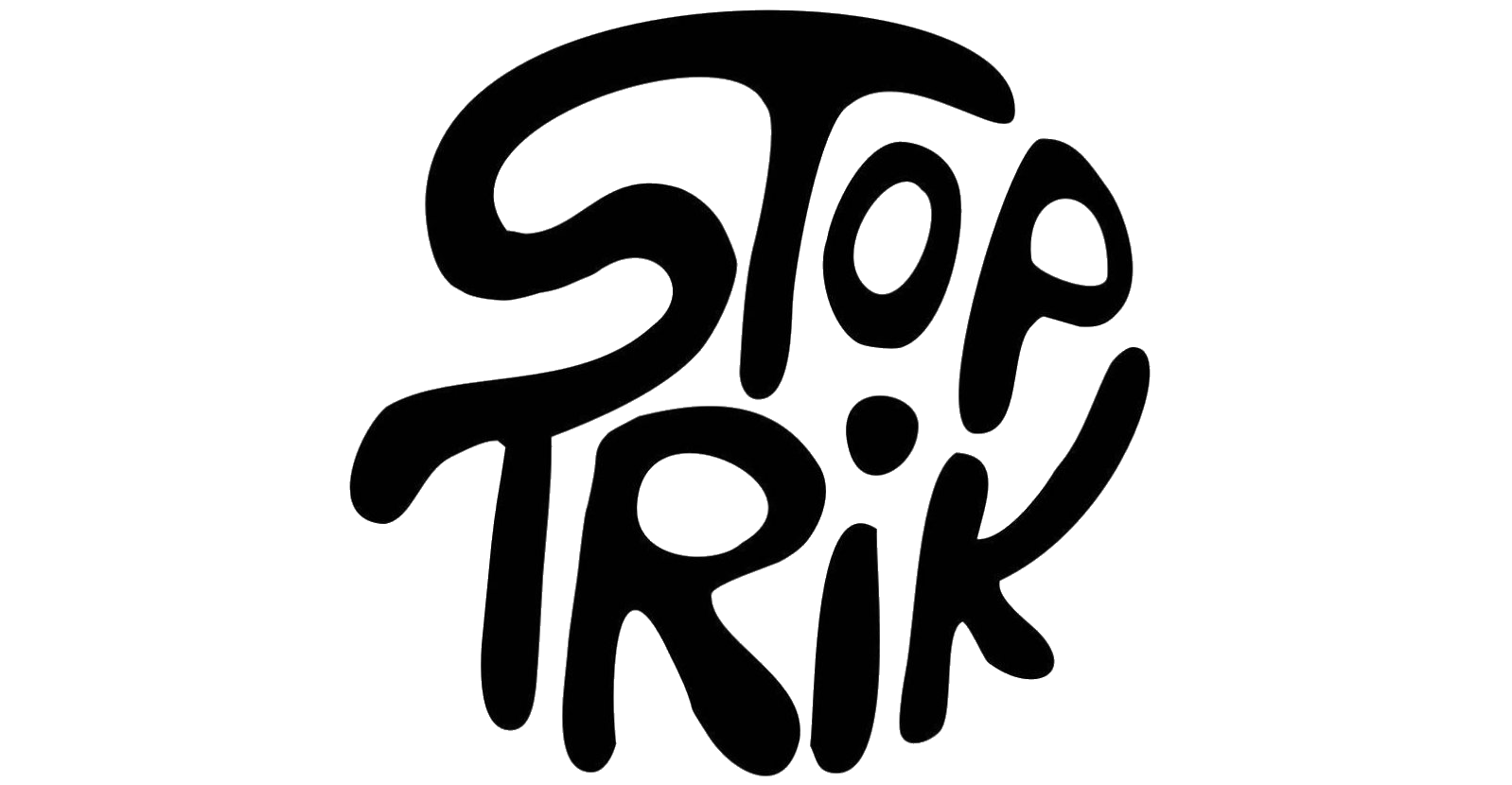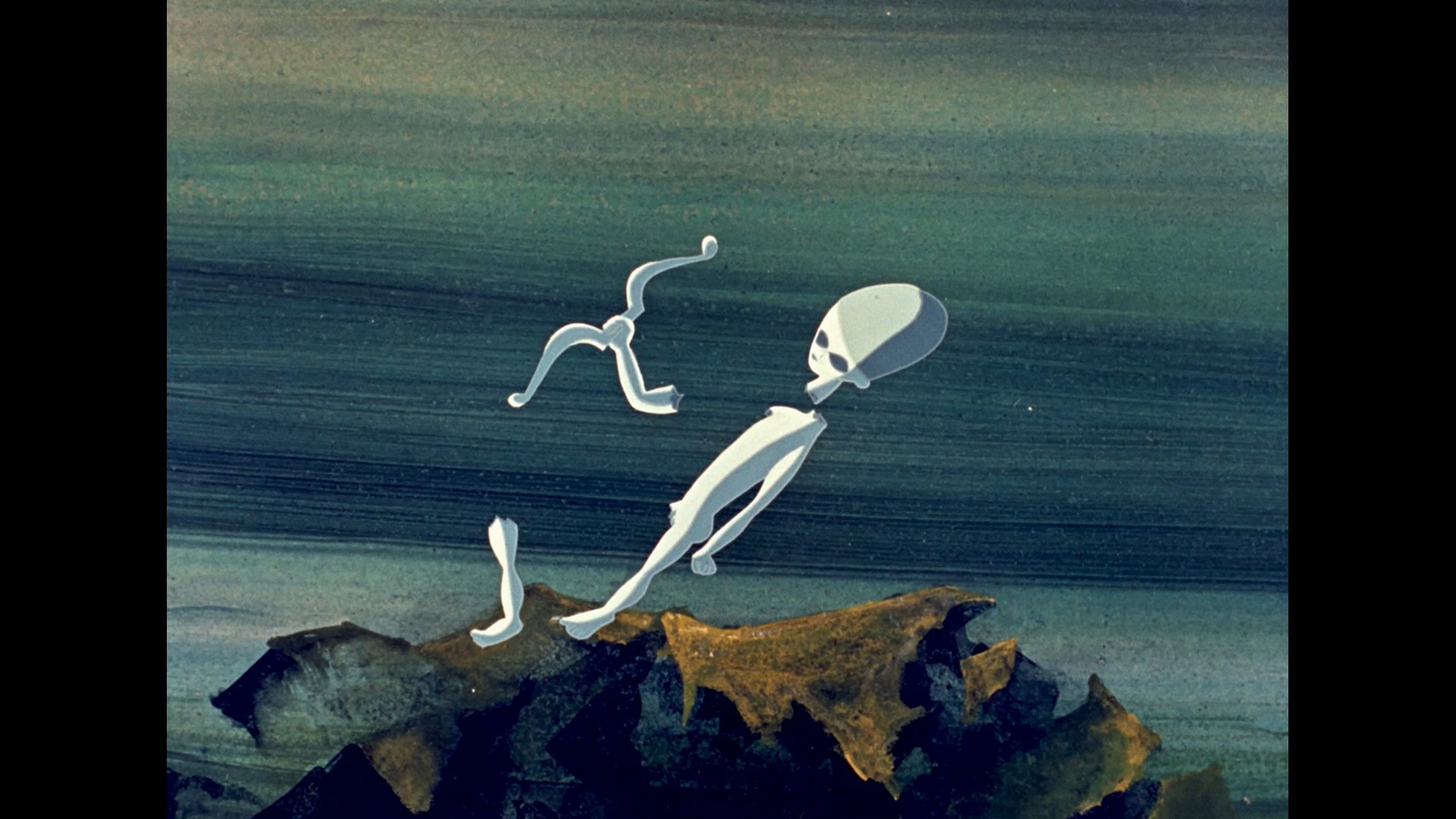Happy End / Srečen konec
Vatroslav Mimica (Zagreb film)
1958, Yugoslavia (Croatia), 9'44''
A vision about the end of the World.
Vizija o koncu sveta.
Recommended for children under 14: yes
Technique: hand-drawn animation
Script: Vatroslav Mimica, Vladimir Tadej
Animation: Aleksandar Marks, Vladimir Jutrisa
Art design: Zlatko Bourek
Music: Bojan Adamic
Music Editing: Lidija Jojic
Vatroslav Mimica
Born in 1923 in Omiš, died in 2020 in Zagreb. Studied at the Faculty of Medicine in Zagreb. Since 1942, he has been an illegal member of the Union of Communist Youth of Yugoslavia, and a year later he went to fight in the war. After the war, he dealt with literary and theater criticism, he was one of the editors of the magazine "Izvori". In 1949, he became the director of Jadran film and had the unique opportunity to learn and get to know all the trends in world cinema. He made his debut as a director with the film "In the Storm" (1952), then made the comedy "Mr. Fang's Jubilee" (1955). In 1957, together with Vladimir Tadej, he wrote the scripts for several Zagreb film animations. In the same year, with his first animated film "Scarecrow" (1957), Mimica announced that he was equally interested in the socio-political framework and the complex relationships of conscious and subconscious desires that make up the human experience of it. However, only in the next film would he find the artistic expression of these interests - the film "Samac" (1958) is certainly one of the most important films in the overall history of Croatian animation, and also one of the first fully artistic narrative animated films in a global context. Kafka's meditation on isolation in the bureaucratic system completely renounces the descriptive-narrative form and uses contemporary artistic expression in an attempt to depict abstract feelings. Although Mimica was not a cartoonist, as an author he chose his collaborators extremely successfully, and after "Samac", extremely art-conscious animated films followed. These are the classics of Croatian cinematography, with which he achieved great success in the world (awards at a large number of international festivals) and established himself as one of the champions of the Zagreb School of Animated Film - the films "Happy End" (1958), "The Inspector Came Back" (1959), "Kod fotografa" (1959), "Egg" (1959), "Little Chronicle" (1962), "Typhusari" (1963). He wrote notable scripts: "The Fly" (Aleksandar Marks and Vladimir Jutriša, 1966), "The Tamer of Wild Horses" (Nedjeljko Dragić, 1966) and "The Invitation" (Branko Ranitović, 1970). In 1961, he directed the spectacle "The Fortress of Samograd" (Solimano il conquistadore, 1961) in Italy, and then the successful short feature films "Telephone" (1962) and "The Marriage of Mr. Marzipan" (1963) in Zagreb. From the mid-sixties, he left animation and devoted himself entirely to feature films. His "Prometheus from the island of Viševice" (1965) won the Great Golden Arena and the Silver Arena for directing at the Pula festival. The films "Monday or Tuesday" (1966), "Kaja, I Will Kill You!" (1967), "The Event" (1969) were also awarded. All of Mimica's films form an important part of the creative rise of auteur films in the former Yugoslavia in the sixties of the last century. This was followed by "Hranjenik" (1970), "Makedonskiot del od peklo" (1971), "The last exploit of the saboteur Oblak" (1978), in which thematically visible were the themes of preoccupation with war, the struggle for physical and spiritual freedom, Golgotha and the ethics of the revolution. The films "Seljačka buna 1573" - awarded with the Great Bronze Arena in Pula - and his last feature film "Banović Strahinja" (1981) form a special part of Mimič's oeuvre. He received the Vladimir Nazor Award for Lifetime Achievement (1986).
Source: https://zagrebfilm.hr/autori/mimica-vatroslav/



